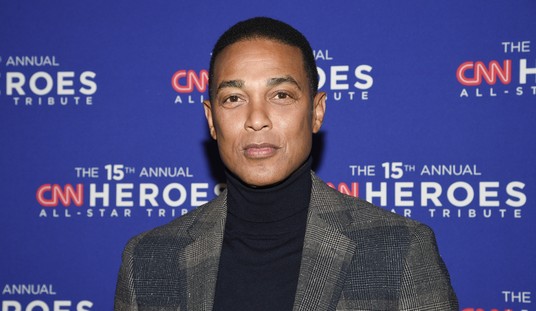In this day and age, it feels like anything to do with our Second Amendment rights is on the defensive to some degree. We’re outnumbered in Congress and the other side holds the White House. Even wins like in Texas require a certain amount of defensive play. Yet it’s not universally that way.
There’s good news all over the place. A prime example comes to us out of Oklahoma.
The Oklahoma Department of Wildlife Conservation has renovated six of the agency’s shooting ranges on its wildlife management areas across the state and plans to build new ranges on 11 others.
All of the shooting ranges on Wildlife Department properties will include a 100-yard rifle range and a pistol range, and others also will have a trap range, archery range with elevated platforms and an additional 200-yard rifle range.
About half of the new ranges also will include trap shooting and about one-third should also have archery ranges, said Lance Meek, who has been in charge of the project for the Wildlife Department.
Improving the shooting ranges began in earnest seven years ago, Meek said. Renovations to existing ranges already have been completed on the Lexington, Cherokee, Beaver, Pushmataha, Okmulgee and James Collins WMAs.
That’s actually pretty good news.
Gun range availability is something we really need to work harder on addressing. While private ranges are great, some people really need a more public option and this beats finding an abandoned patch of ground and shooting soda bottles or fruit. It’s safer, too.
Of course, this raises the question of who is paying for it. The thing is, it’s the people who are most likely to use it.
Where is the money coming from? Most of it is coming from the taxes that hunters and shooters pay through wildlife restoration funds that the federal government doles out to state wildlife agencies.
Under the Pittman-Robertson Act, the federal government imposes an excise tax on manufacturers of guns, ammo, hunting gear, etc. That money is distributed to state wildlife agencies based on the state’s size and the number of licensed hunters.
In other words, the shooters have already paid for it.
Frankly, few really get worked up over those taxes because of where that money generally ends up. They’re paying a smidge more that in turn goes to cover things they’re going to get to use for free.
It’s not exactly free, but it covers things well enough.
What Oklahoma is doing is a very good thing, and it’s something I hope more states will do. It’s easier to increase competency with one’s firearm if they have ample opportunity to practice with it. Traveling two hours to a range is something that will minimize people’s practice. Expanding the number of ranges, on the other hand, will do the opposite.
This is a good use of that money, and I’m glad to see Oklahoma making that decision. Perhaps other states will look at this effort and decide this is a good use of their money too.
We can hope.
Either way, it’s nice to have some good news to report for a change.







Join the conversation as a VIP Member